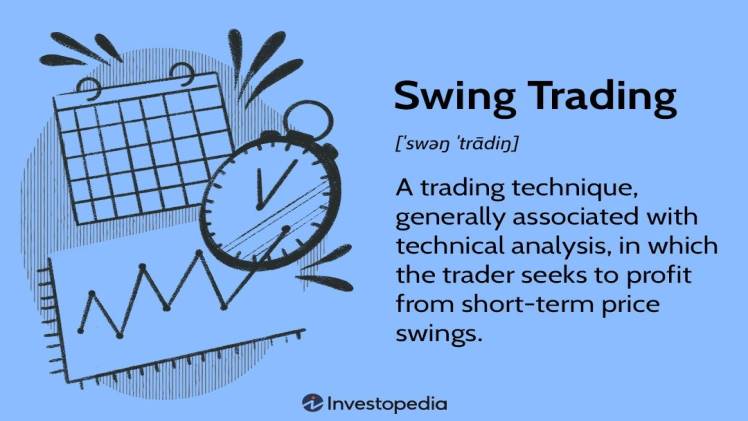Choosing Your Trading Style: Day Trading, Swing Trading, or Long-Term Investing?

Are you debating whether to become a day trader, swing trader, or long-term investor? You may be considering trading to earn extra income or achieve financial freedom – whatever your motivations are, choosing the right style that fits your personality and individual goals is essential. It can be challenging to decide which type of trading is best for you; each comes with unique advantages and challenges.
In this article, we’ll break down each trading style along with its associated pros and cons so that you have the knowledge needed to decide how best to trade.
nickfinder | fonts for instagram | Shayari | Drama | The Techno Tricks
Understanding the Different Types of Trading Styles
Investing in the stock market can be overwhelming, especially when facing different trading styles. Day trading, swing trading, and long-term investing are the most common techniques investors use to buy and sell stocks. Understanding the pros and cons of each style is crucial in making the right trading decision. Day trading, for example, involves buying and selling stocks within a single trading day for quick returns.
Swing trading, on the other hand, involves holding stocks for several days to weeks to take advantage of market swings. Long-term investing is a more conservative approach where you buy stocks for several years with the expectation of generating significant returns. Whether you’re just starting or an experienced investor, finding the trading style that suits your financial goals is the key to success in the stock market. Check out ADSS trading for more information on trading styles.
Advantages & Disadvantages of Day Trading
Day trading is a popular style among active traders who are looking to make quick returns. With the rise of online trading platforms and access to real-time market data, day trading has become more accessible. The main advantage of day trading is the potential to earn high returns quickly.
Since you only hold stocks for a single day, you can take advantage of small price movements and quickly sell for a profit. However, day trading also comes with its own set of challenges and risks. It requires a significant time commitment and the ability to make quick decisions in a fast-paced market. There is also a higher risk of causing emotional or impulsive trades, leading to losses if not managed properly.
Advantages & Disadvantages of Swing Trading
Swing trading is a popular style among traders looking to take advantage of market trends over a longer period. This type offers more flexibility than day trading, as you have multiple days or weeks to make your trades. The main advantage of swing trading is that it allows for potentially larger returns as you can hold onto stocks during significant price movements.
However, swing trading also comes with its own set of challenges. It requires a good understanding of technical analysis and market trends and the ability to manage risk effectively. Swing trading may also require more capital than day trading, as you must account for potential overnight moves in stock prices.
Advantages & Disadvantages of Long-Term Investing
Long-term investing is a more passive approach to trading. It involves buying and holding stocks for several years with the expectation of significant returns. The main advantage of this style is that it requires less time and effort compared to day trading or swing trading. You can also use compounding interest and potentially generate higher returns over an extended period.
However, long-term investing also has its disadvantages. It requires a lot of patience and discipline, as you must ride out market fluctuations without making impulsive trades. Additionally, there is always the risk of market downturns or individual stock failures over the long term.
Choosing a Style that is Right for You – Consider Your Goals, Risk Tolerance, and Time Commitment
When deciding on a trading style, it’s essential to consider your individual goals, risk tolerance, and time commitment. Day trading may be suitable for those looking for quick returns and have the time to monitor the market actively throughout the day. Swing trading may be better suited for those with a higher risk tolerance and more capital to invest. Long-term investing may be ideal for individuals with long-term financial goals and looking for a more passive approach to trading.
Ultimately, the best trading style aligns with your individual goals and personality. It’s also essential to continuously educate yourself on market trends and strategies so that you can adapt and adjust your trading style as needed. With the right approach and mindset, any of these trading styles can lead to success in the stock market. So, take your time, research, and choose a trading style to help you achieve your financial goals.


